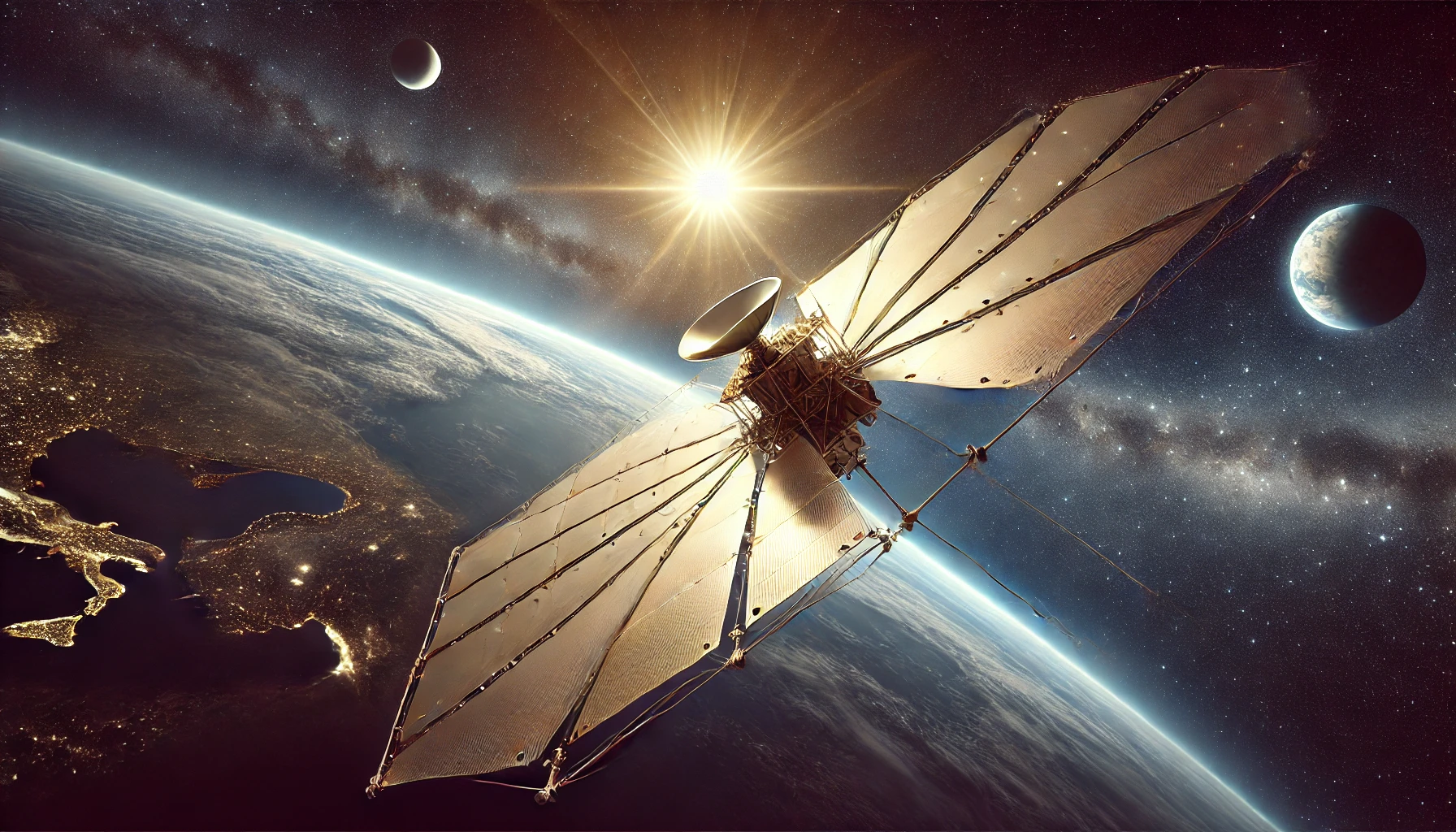Solar Sails and Beyond: How Light Propulsion is Redefining Interplanetary Travel

Introduction
As we enter a new era of space exploration, traditional chemical propulsion is being reevaluated due to its high fuel requirements and environmental impact. Solar sails, which utilize sunlight for propulsion, are emerging as a viable alternative, promising long-distance, low-energy interplanetary travel. Recent advancements in solar sail technology suggest a future where spacecraft can journey farther and faster without the constraints of conventional propulsion. In this article, we’ll explore the evolution, challenges, and potential of solar sails, a technology that may revolutionize the way we traverse the cosmos.
Historical Context
The roots of solar sail technology date back to the 1600s when Johannes Kepler observed that comet tails always pointed away from the Sun, speculating that sunlight exerted some force. Centuries later, with the advent of space exploration, this idea was revisited. In the 1970s, NASA explored the concept of solar sails, theorizing that a lightweight spacecraft could utilize the gentle but continuous pressure of sunlight to achieve sustained travel across space. The 2005 Cosmos 1 mission, although ultimately unsuccessful, marked the first attempt to launch a solar sail into Earth’s orbit. Today, technologies have advanced significantly, with materials like Mylar and Kapton making solar sails lighter and more efficient.
Current Challenges
While solar sails hold promise, they face significant technical challenges. One key issue is the efficiency of photon capture, as sunlight intensity decreases with distance from the Sun, limiting their effectiveness for missions beyond Mars. Additionally, the sail material must be exceptionally lightweight yet durable enough to withstand cosmic radiation and the vacuum of space. Maneuvering is also challenging, as the lack of traditional engines means adjustments are made by angling the sail, a slower process that requires precise calculations. Furthermore, solar sails are relatively new, so gaining wider adoption will require overcoming technological and financial hurdles.
Case Studies: LightSail 2 and IKAROS
Two notable missions demonstrate the potential and challenges of solar sail technology. The Planetary Society’s LightSail 2, launched in 2019, was a crowdfunded mission that successfully demonstrated controlled solar sailing in Earth’s orbit. It provided valuable insights into the performance of solar sails in space and highlighted the importance of precision in controlling sail angles to adjust trajectory. Japan’s IKAROS, launched in 2010, became the first spacecraft to successfully use solar sail propulsion in deep space. With its innovative thin-film solar array technology, IKAROS proved that solar sails could operate effectively even at long distances. Both missions underscore the feasibility of solar sails and the need for continued experimentation to refine control systems and materials.
Solutions and Best Practices
To overcome the technical limitations of solar sails, scientists are exploring advanced materials like graphene and carbon nanotubes, which offer both lightness and resilience. Research is also focusing on multi-layered sail designs that could better capture sunlight and potentially incorporate photovoltaic cells, allowing the sails to harness solar energy directly for power. In addition to technical advancements, collaborations between international space agencies and private companies, such as NASA’s partnership with the Planetary Society, are crucial for driving innovation and reducing the costs associated with solar sail missions. Encouragingly, new propulsion systems like hybrid electric-sail technology are also being investigated to combine the benefits of solar sails with other low-energy propulsion methods.
Future Implications: A New Era of Space Travel
The potential impact of solar sail technology on space exploration is transformative. By reducing reliance on chemical fuels, solar sails could drastically cut mission costs and open new avenues for exploration beyond our solar system. With future advancements, we may see solar sail-propelled missions to the outer planets and even interstellar travel. Some scientists speculate that solar sails could one day enable autonomous probes to explore distant exoplanets, providing humanity with insights into potentially habitable worlds. As solar sail technology matures, it could redefine the scale and scope of interplanetary missions, paving the way for a sustainable and accessible future in space.
Conclusion
Solar sails represent a monumental shift in how we think about space travel. By harnessing the power of sunlight, they offer a path toward sustainable, long-distance exploration, free from the constraints of conventional fuel. While challenges remain, continued advancements in materials and design, combined with international collaboration, will likely push solar sails to the forefront of space propulsion. As we stand on the edge of this breakthrough, the possibilities for humanity’s exploration of space seem boundless.
Call to Action
What do you think about the potential of solar sails as the future of space propulsion? Could they be the key to humanity’s long-term exploration of the cosmos? Join the conversation on Reddit or Twitter and share your thoughts on this exciting technology!



